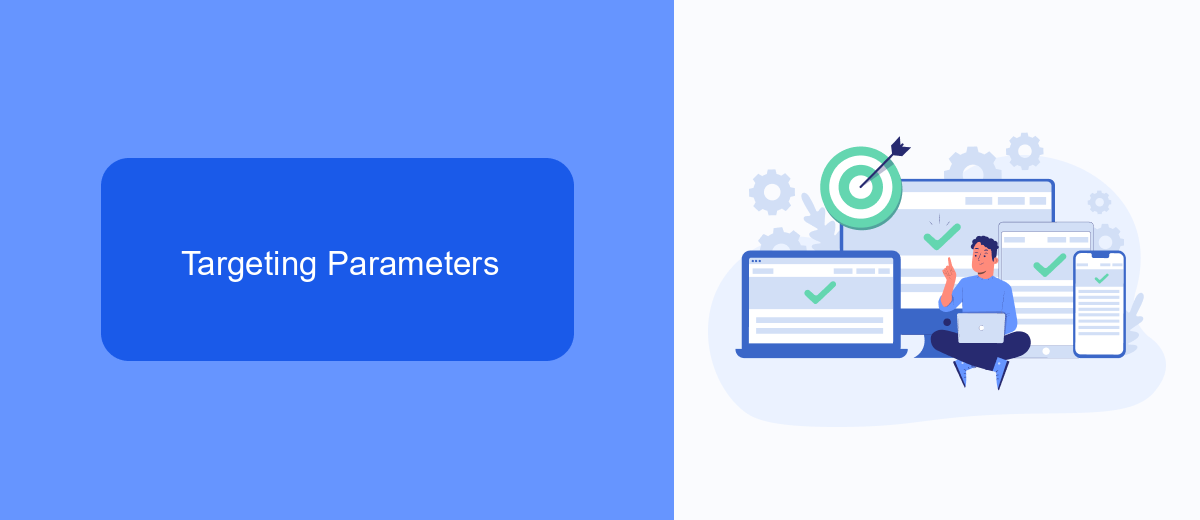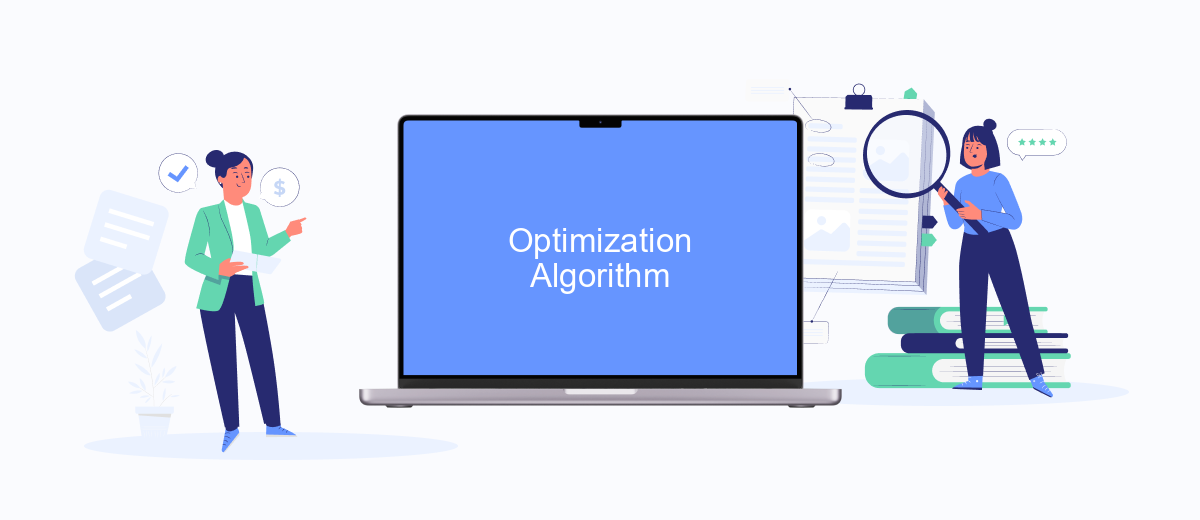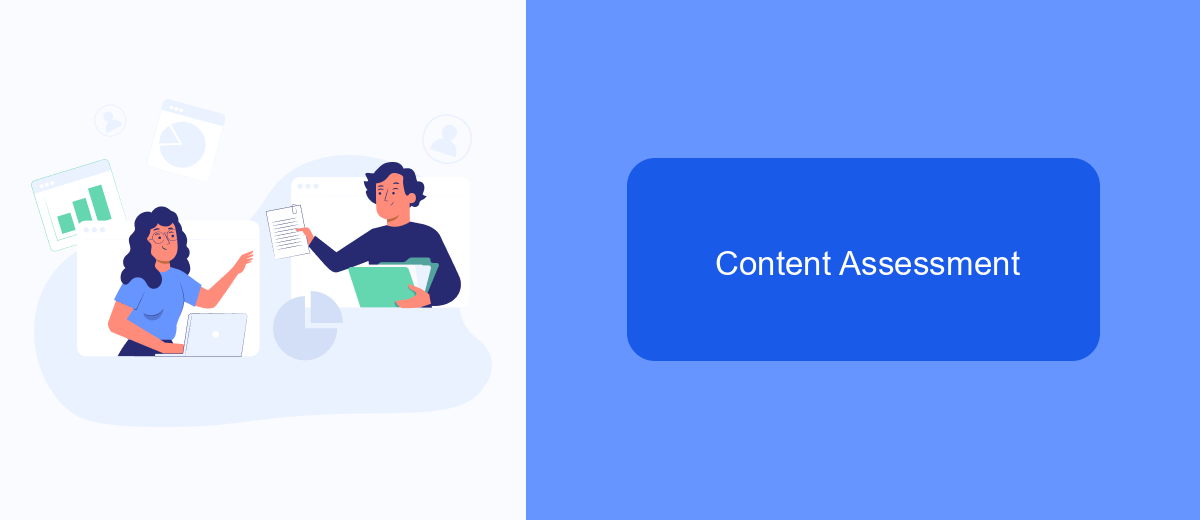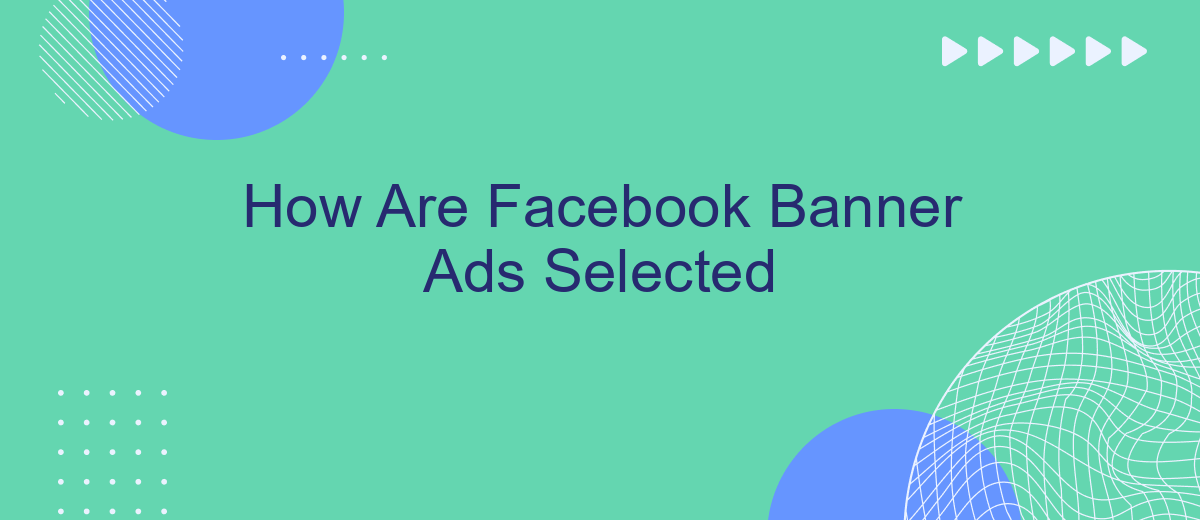Facebook banner ads are a crucial component of digital marketing strategies, but how exactly are they selected? This article delves into the intricate algorithms and user data analysis that Facebook employs to tailor banner ads to individual users. By understanding these mechanisms, advertisers can better optimize their campaigns for maximum engagement and conversion rates.
How Facebook Selects Banner Ads
Facebook uses a sophisticated algorithm to select banner ads that users see on their timelines. This process involves analyzing user data and preferences to deliver the most relevant advertisements. The goal is to create a personalized experience that maximizes engagement and ad performance.
- Data Collection: Facebook gathers data from user profiles, interactions, and browsing behavior.
- Ad Auction: Advertisers bid for ad placements, and the highest bidder usually wins the spot.
- Relevance Score: Ads are evaluated based on their relevance to the user, taking into account factors such as engagement history and ad quality.
- Targeting: Ads are targeted based on demographics, interests, and behaviors.
For advertisers looking to streamline their ad management, services like SaveMyLeads can be invaluable. SaveMyLeads helps automate the integration of Facebook lead ads with various CRM systems, ensuring that leads are efficiently captured and managed. This not only saves time but also enhances the effectiveness of ad campaigns.
Targeting Parameters

Facebook banner ads are selected based on a variety of targeting parameters that allow advertisers to reach specific audiences with precision. These parameters include demographic information such as age, gender, and location, as well as interests and behaviors. By leveraging data on users' online activities and preferences, advertisers can create highly personalized ad experiences that resonate with their target audience. This ensures that the ads are shown to the people most likely to be interested in the product or service being advertised.
In addition to basic demographic and interest-based targeting, Facebook also offers advanced options such as lookalike audiences and custom audiences. Lookalike audiences allow advertisers to target users who are similar to their existing customers, while custom audiences enable them to reach people who have already interacted with their brand. For seamless integration and optimization of these targeting strategies, services like SaveMyLeads can be utilized. SaveMyLeads helps automate the process of collecting and managing lead data, ensuring that the right audience is targeted efficiently and effectively, ultimately enhancing the overall performance of Facebook banner ad campaigns.
Optimization Algorithm

Facebook utilizes a sophisticated optimization algorithm to select the most relevant banner ads for its users. This algorithm takes into account various factors to ensure that the ads displayed are both engaging and effective. By analyzing user behavior, preferences, and historical data, Facebook can deliver ads that are more likely to resonate with each individual user.
- Data Collection: The algorithm gathers data on user interactions, including likes, shares, and comments.
- Behavioral Analysis: It examines patterns in user behavior to predict future actions and preferences.
- Ad Relevance: Ads are scored based on their relevance to the user, considering factors like demographics and interests.
- Performance Metrics: The algorithm continuously monitors ad performance, adjusting placements to maximize engagement and conversions.
For businesses looking to integrate and optimize their Facebook ad campaigns, services like SaveMyLeads can be invaluable. SaveMyLeads offers seamless integration solutions that help automate the process of capturing and analyzing lead data, ensuring that your ad targeting remains precise and effective. By leveraging such tools, businesses can enhance their ad performance and achieve better results on Facebook.
Content Assessment

Understanding how Facebook banner ads are selected is crucial for optimizing ad performance and reaching the right audience. Facebook employs a sophisticated algorithm that considers various factors to determine which ads to display to users. These factors include user behavior, demographics, and engagement history, ensuring that the ads shown are relevant and engaging.
Advertisers need to create compelling content and utilize Facebook's targeting options effectively. By leveraging detailed audience insights, they can refine their ad campaigns to match the interests and behaviors of their target market. This not only enhances user experience but also improves ad performance and return on investment (ROI).
- Ad relevance score
- Target audience demographics
- Engagement metrics
- Advertiser bid
- Historical performance data
For businesses looking to streamline their ad management process, integrating with services like SaveMyLeads can be highly beneficial. SaveMyLeads automates the transfer of leads from Facebook ads to various CRM systems, ensuring that businesses can efficiently follow up with potential customers and enhance their marketing efforts.
Performance Metrics
Performance metrics are crucial for evaluating the effectiveness of Facebook banner ads. Key metrics include Click-Through Rate (CTR), which measures the percentage of users who click on an ad after viewing it, and Conversion Rate, which tracks the number of users who complete a desired action, such as making a purchase, after clicking on the ad. Additionally, metrics like Cost Per Click (CPC) and Return on Ad Spend (ROAS) help advertisers understand the financial efficiency of their campaigns, enabling them to allocate budgets more effectively.
To optimize these metrics, businesses can utilize integration services like SaveMyLeads. This platform automates the process of collecting and analyzing ad performance data, allowing marketers to make data-driven decisions quickly. SaveMyLeads can connect Facebook Ads with various CRM systems, email marketing tools, and other platforms, ensuring seamless data flow. By leveraging such integrations, businesses can enhance their ad targeting, improve customer engagement, and ultimately drive higher returns on their advertising investments.


FAQ
How are Facebook banner ads selected?
Can I control who sees my Facebook banner ads?
How does Facebook determine user interests for ad targeting?
What is the role of the Facebook Pixel in ad selection?
Can I automate and integrate my Facebook ad campaigns with other tools?
SaveMyLeads is a simple and effective service that will help you automate routine tasks and optimize business processes. Stop wasting time uploading leads from Facebook manually – you can do it automatically, saving a lot of time and money. Eliminate routine from workflows and achieve more with minimal investment of money, effort and human resources.
